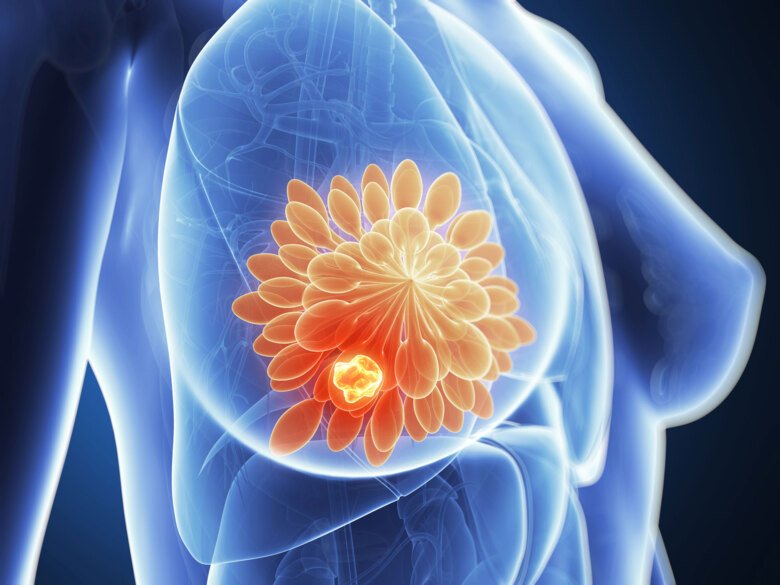Breast cancer natural history models and risk prediction in mammography screening cohorts

In a new thesis, Rickard Strandberg, PhD student at the Department of Medical Epidemiology and Biostatistics, lays the foundations for a new natural history model for breast cancer. By taking advantage of available detailed screening cohorts, Rickard’s work includes three diverse applications of this model.
The thesis includes four studies, starting with the development of the statistical framework for the natural history model and then its application on a Swedish mammography screening cohort in study I-II. In study III, Rickard Strandberg focuses on risk prediction with a modification of the natural history model to incorporate risk factors separately in each of the four components of the model. In Study IV, the model is used to study the effect that certain acquisition parameters used in mammography have on the detectability of breast cancer tumors.
What are the most important results in your thesis?
–Hopefully, we have communicated that these types of modelling approaches are useful for a wide array of applications. With natural history models we can learn more about the progression of the disease, study the effects of breast cancer screening, and predict a woman's future risk of breast cancer. In this thesis, we developed risk predictions which can incorporate the effects of screening directly---something that the conventional risk prediction models can't do.
Why did you choose to study this particular area?
–My background is in mathematical statistics, with a special interest in statistical modelling. When I came across this project I immediately understood what they (now we) were trying to do. Also, the importance of breast cancer research cannot be overstated. I never became a medical doctor, but here I found a way to contribute in my own way.
What do you think should be done moving forward in this research area?
–As always, there are areas where the breast cancer modelling can be improved. For this model specifically, the most important areas are metastasis and breast cancer sub-types. Validating the model against data from other study populations is also an important step.
Doctoral thesis
“Breast cancer natural history models and risk prediction in mammography screening cohorts.”
Rickard Strandberg. Karolinska Institutet (2022), ISBN: 978-91-8016-493-1
